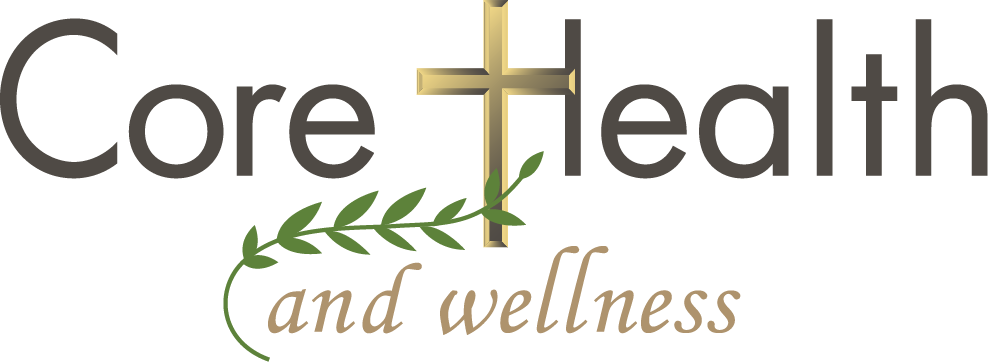What is the difference between a thermogram and structural imaging?
Now that we have a basic understanding of what a thermogram is, why is it important? Unfortunately, more and more women are contracting breast cancer at younger ages with our ever changing environment. Therefore, it is essential we take a proactive stance in monitoring our breast health. Thermography affords this option.
Let’s be clear; thermography is not a substitute for structural imaging. It is simply a precursor to it. Structural imaging looks within the body to determine the presence of tumors or any other abnormalities within the breast. Unlike structural imaging, thermograms look at your body in a different way – at the physiological health of the breast. Digital Infrared Thermal Imaging (DITI or thermography) looks at markers or indicators within the body. Interpreting the vascularity and signaling (markers), we are able to provide a thermo-biological (TH) score to give you information regarding your risk. This provides an opportunity to address potential issues much earlier. In other words, it is a proactive way to indicate markers in the body.
Ultimately, structural imaging and thermography work together to monitor your breast health. Medical professionals have found that no one test provides enough data to predict breast health factors. It is the combination of multiple tests that aid them in making the proper diagnosis. Therefore, the more data sets we have to explore, the better chance we have of staying ahead of any potential problems or markers for future breast conditions. The more you can do to be proactive about your breast health, the better. Thermography gives you more ammunition to proactively manage your health.
Like all structural imaging, thermography is not a diagnosis tool! It will not tell you if you have breast cancer or not. However, it can reveal suspicious activity that should be closely monitored. Only a biopsy can confirm if a lump in your breast is indeed cancerous.
That does not mean that you don’t want to be armed with as much information as possible. In fact, that is the key to early detection. The more information you are armed with, the earlier you can identify abnormalities within the body and address it. So, don’t take thermography lightly. Use it as a tool understanding that a consistent abnormal thermogram is the leading indicator of future breast challenges.
Source: “Learn more about thermography.” PCRC – Concepts in Professional Education. http://medicalinfraredimaging.com/faqs.html


